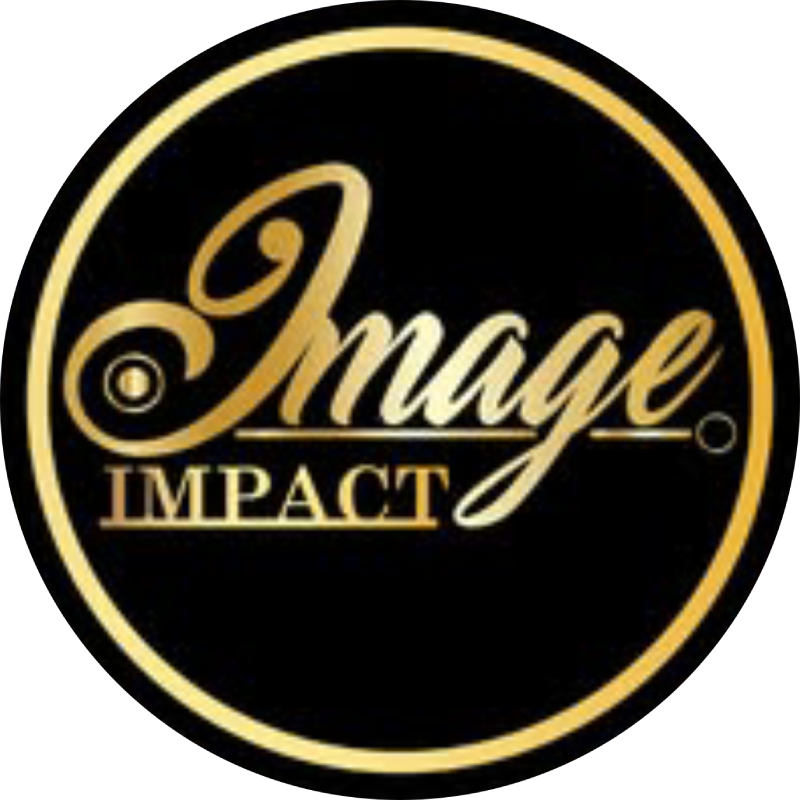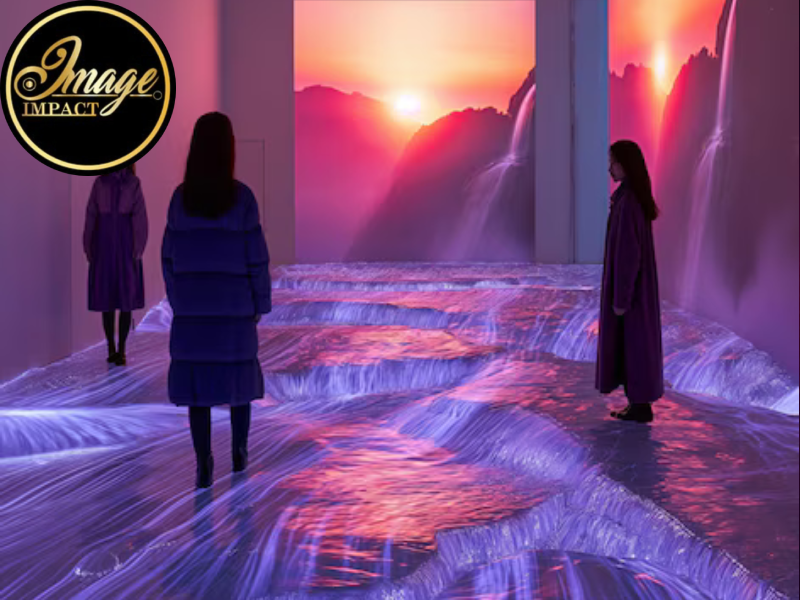The intersection of art and technology has opened up a new realm of possibilities, revolutionizing how we create, experience, and interact with art. From digital installations to AI-generated masterpieces, technology is redefining artistic boundaries and inspiring innovative trends. Here’s an exploration of some of the most exciting creative tech trends shaping art\’s future.
1. Digital Art and NFTs
Digital Art: The rise of digital art has democratized the art world, allowing artists to create and share their work globally without the need for traditional galleries. Tools like Adobe Creative Suite, Procreate, and Blender enable artists to explore new mediums and techniques.
Non-Fungible Tokens (NFTs): NFTs have revolutionized the way digital art is bought, sold, and owned. By using blockchain technology, NFTs provide a way to authenticate and trade digital artworks, giving artists new revenue streams and collectors a way to own unique pieces.
2. Virtual and Augmented Reality
Virtual Reality (VR): VR is transforming how we experience art by immersing viewers in 3D environments. Museums and galleries are creating virtual tours, and artists are building fully interactive worlds that can be explored with VR headsets.
Augmented Reality (AR): AR blends digital elements with the real world, enhancing physical artworks or creating entirely new experiences. Apps like Artivive allow artists to overlay animations and interactive content onto traditional art pieces, bringing them to life through a smartphone or tablet.
3. Artificial Intelligence and Machine Learning
AI-Generated Art: AI is becoming a collaborator in the creative process. Algorithms like GANs (Generative Adversarial Networks) can generate original artworks based on patterns learned from vast datasets of existing art. Projects like DeepArt and Google\’s DeepDream have showcased the potential of AI in producing stunning and sometimes surreal images.
Machine Learning in Music: AI and machine learning are also impacting music creation. Tools like Amper Music and AIVA compose original music by analyzing patterns in existing compositions, assisting musicians in generating new ideas and even complete pieces.
4. Interactive Installations
Responsive Environments: Artists are using sensors and interactive technologies to create installations that respond to the presence and actions of viewers. These installations can change in real-time based on movement, sound, or even biometric data, creating a dynamic and personalized experience.
Projection Mapping: Projection mapping transforms objects and spaces into interactive displays by projecting digital content onto them. This technology is used in public art installations, performances, and events to create immersive visual experiences that engage audiences in new ways.
5. 3D Printing and Sculpture
Custom Sculptures: 3D printing allows artists to create intricate and detailed sculptures that would be difficult or impossible to achieve with traditional methods. This technology also enables the production of customizable art pieces, where each print can be unique.
Mixed-Media Works: Artists are combining 3D printed elements with traditional materials like clay, metal, and wood, blending modern technology with classic techniques to create innovative mixed-media works.
6. Blockchain for Provenance and Ownership
Art Provenance: Blockchain technology ensures the provenance of artworks by providing a transparent and immutable record of ownership and authenticity. This is particularly valuable for high-value art transactions, reducing the risk of forgery and fraud.
Decentralized Platforms: Platforms like ArtChain and Codex Protocol use blockchain to facilitate the buying, selling, and tracking of art, making the art market more accessible and secure.
7. BioArt and Wearable Tech
BioArt: Artists are exploring the intersection of biology and technology, using living organisms and bioengineering techniques to create art. This includes everything from genetically modified bacteria that produce colorful pigments to sculptures made from living tissues.
Wearable Art: Wearable technology is turning fashion into an interactive art form. Designers are integrating LEDs, sensors, and other electronic components into clothing and accessories, creating pieces that change in response to environmental factors or the wearer\’s movements.
Conclusion
The fusion of art and technology is driving a wave of innovation that is expanding the boundaries of creativity. By embracing digital tools, immersive experiences, AI collaboration, and cutting-edge materials, artists are crafting new forms of expression that captivate and inspire. As technology continues to evolve, the possibilities for artistic innovation will only grow, promising an exciting future at the intersection of art and tech.

